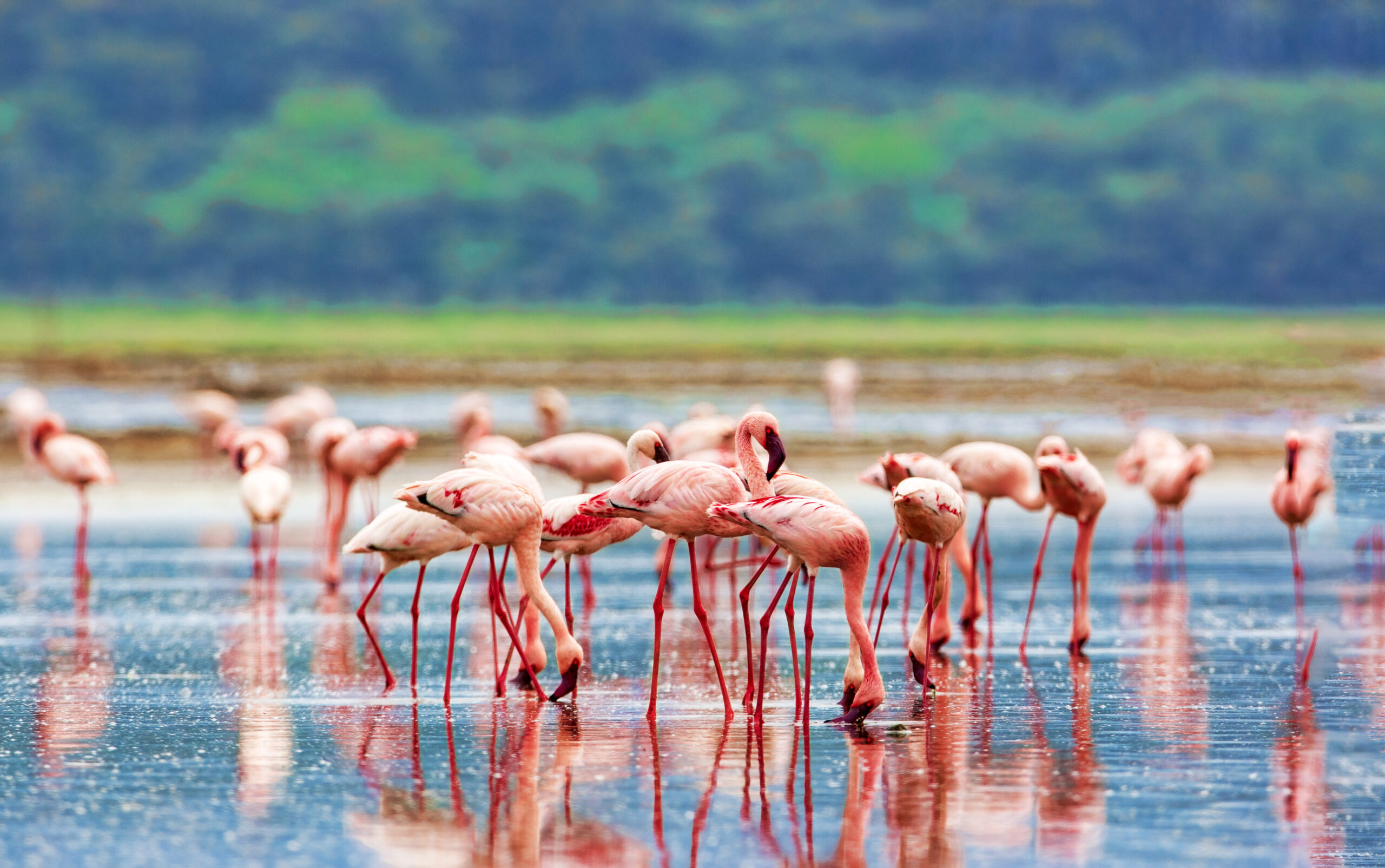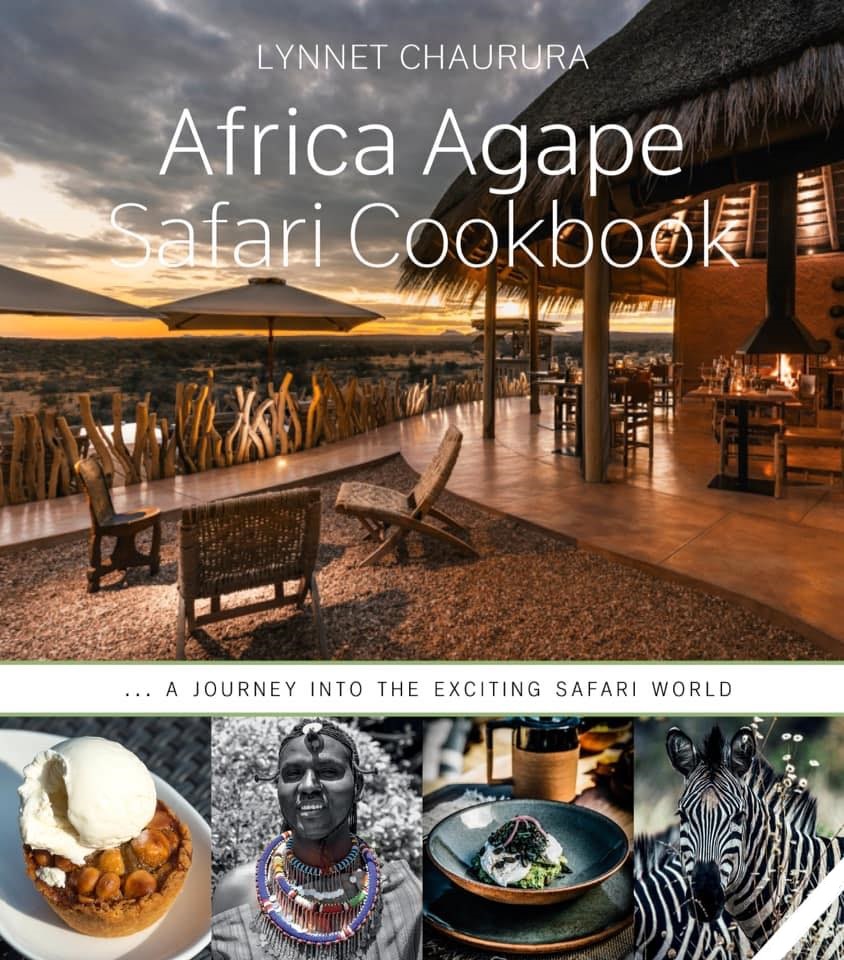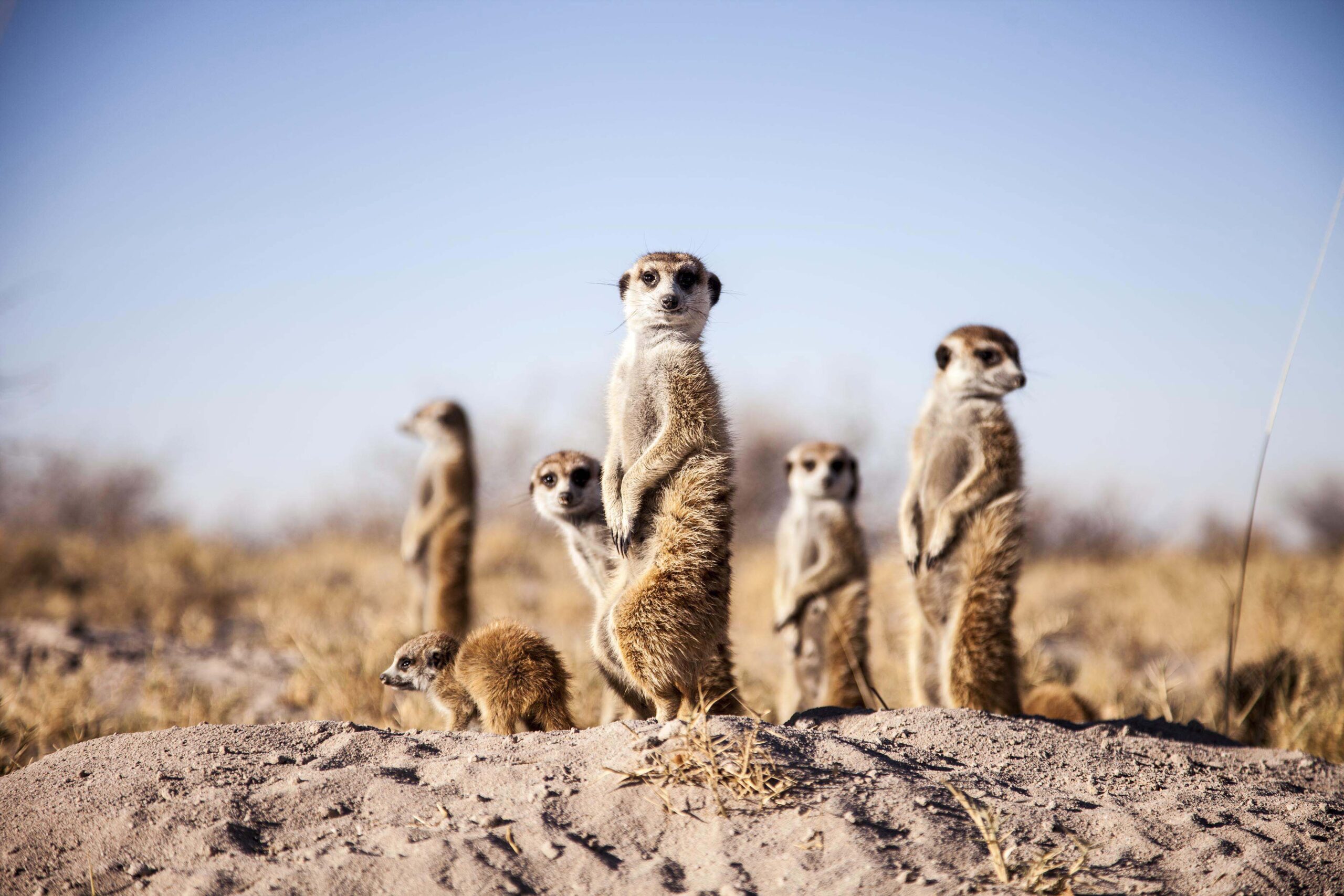
Kenya
Kenya is one of the top ironic destinations in Africa for safari in East Africa with tropical beaches and pristine coastline on the Indian Ocean. Its savannah, lake lands, the dramatic Great Rift Valley and mountain highlands is home to spectacular wildlife like lions, elephants and rhinos. It boasts of the legendary Maasai Mara National Park, known for its abundant wildlife and annual wildebeest migration. This country brims intriguing cultures with romance and adventure no matter what your preference be it a family holiday, honeymoon or photographic safari.
Kenya Safari
Kenya is found on the East Coast of Africa, neighbouring Tanzania, Somalia, Sudan, Uganda and Ethiopia. The country has 54 major designated conservation areas and tourism is one of the main sources of income besides agriculture- specifically of tea and coffee. Kenya has a leading role in African tourism, the very word “safari” comes from their Swahili word for “journey” travellers have been commercially visiting the country since the late 1800s, initially for hunting safaris but as times and awareness have developed, the emphasis in conservation has increased and safaris have evolved to shooting photographs rather than animals. The country is now far more accessible to a wide range of different budgets and has something to offer everyone. There are a total of 42 different ethnic groups in the country, and naturally the inevitable fusion of cultures lends to a unique blend of music and foods to experience and explore.
Temperately, the country varies from alpine climates in the higher regions to the tropical temperatures typical of the Indian Ocean beaches. The weather is predictable and considered dry – over most of the country there are two mild rainy seasons annually: the ‘Short’ rains which occur from late October through November and the ‘Long’ rains which occur from late March to early June.
Generally speaking, in the Highlands the climate is cool particularly on the high peaks of Mt Kenya and other surprisingly high summits along the Rift Valley; at lower altitudes temperatures can reach approximately 35°C during the day; the coast is humid.
If you visit during a rainy period you’ll find that the rain usually falls in the late afternoon preceded by bright, sunny and fresh days. July and August are the coolest months and are often overcast especially in the morning. December to mid-March is the warmest time of the year.
Africa’s East Coast is dominated by the monsoons – usually very predictable and resulting in nine months of spectacular sunshine from July through to April with wet overcast conditions during May, June and July.
The best time to visit the country depends on exactly what you’re aiming to do there, as choosing a time period that slots in with appropriate weather patterns is obviously preferable. Similarly, several of Kenya’s key attractions such as the annual migrations are seasonal. The main tourist seasons are between July and October, or January and March to avoid the rain and can get very busy. We tend to use smaller, individually run safari camps and lodges to avoid the crowds and offer a more exclusive experience. Travelling outside the main seasons has certain advantages too, apart from escaping large numbers of people, the weather is still perfectly acceptable, and the clear, dust-free air lends a certain quality to any photographer’s work.
In a nutshell Kenya’s nights are cool (15-20°C) and days ranging between 25-30ºC and has a single time zone GMT +3hrs.
The Masai Mara is one of Kenya’s most visited national reserves, famous for its vast, open plains and the annual wilderbeest migration, which is typically present between August and October. The migration of over 1.5 million animals is an annual marvel, and we highly recommend that you check out our migration safari information find the full story behind this natural wonder. More interesting spots are Amboseli for elephants, Laikipia and the Northern Frontier District for wilderness and adventure and the Lamu Archipelago on the coast for beach holidays. Samburu and Tsavo tend to be famous, whilst other lesser known areas include Meru and Shaba. The scenery of the Great Rift Valley is world-renowned.
Kenya’s lakes each have their own distinctive highlights including the flamingos of Nakuru, steam jets at Bogoria and the fishing and water sports on Lake Victoria, the source of the Nile. If you love adventure then take a closer look at Lake Turkana.
Kenya’s cultural appeal is both enormous and diverse – the regional differences allow for even the experienced Kenyan traveller to experience new peoples and traditions during any trip. According to locality, the nature of the indigenous people varies…from the pastoral farmers found in the north, traditional Swahili on the coast, to the well-known Maasai and mixed communities made of Arabic and worldly merchants found elsewhere.



